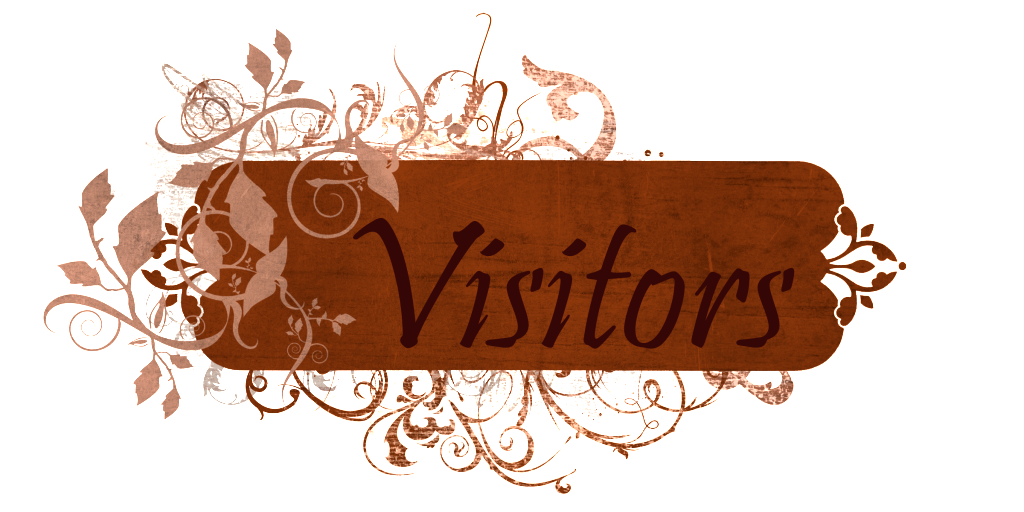Meanwhile here is some information about this Mexican Celebration

More than 500 years ago, when the Spanish Conquistadors landed in what is now Mexico, they encountered natives practicing a ritual that seemed to mock death.
It was a ritual the indigenous people had been practicing at least 3,000 years. A ritual the Spaniards would try unsuccessfully to eradicate.
A ritual known today as Día de los Muertos, or Day of the Dead is a holiday celebrated in Mexico Latin Americans living in the United States and Canada. The holiday focuses on gatherings of family and friends to pray for and remember friends and family members who have died. The celebration occurs on November 1st and 2nd in connection with the CatholicAll Saints' Day which occurs on November 1st and All Souls' Day which occurs on November 2nd. Traditions include building private altars honoring the deceased, using sugar skulls, marigolds, and the favorite foods and beverages of the departed, and visiting graves with these as gifts.
Scholars trace the origins of the modern holiday to indigenous observances dating back thousands of years, and to an Aztec festival dedicated to a goddess called Mictecacihuatl.
Many people believe that during the Day of the Dead, it is easier for the souls of the departed to visit the living. People go to cemeteries to communicate with the souls of the departed, and build private altars, containing the favorite foods and beverages, as well as photos and memorabilia, of the departed. The intent is to encourage visits by the souls, so that the souls will hear the prayers and the comments of the living directed to them. Celebrations can take a humorous tone, as celebrants remember funny events and anecdotes about the departed.
During the two-day period, families usually clean and decorate graves; most visit the cemeteries where their loved ones are buried and decorate their graves with ofrendas marigolds called "cempasúchitl" (originally named cempoalxochitl, Nahuatl for "twenty (i.e., many) flowers"). In modern Mexico, this name is sometimes replaced with the term "Flor de Muerto" ("Flower of the Dead"). These flowers are thought to attract souls of the dead to the offerings. (offerings), which often include orange
Toys are brought for dead children (los angelitos, or "the little angels"), and bottles of tequila, mezcal or pulque or jars of atole for adults. Families will also offer trinkets or the deceased's favorite candies on the grave. Ofrendas are also put in homes, usually with foods such as candied pumpkin, pan de muerto ("bread of the dead"), sugar skulls and beverages such as atole. The ofrendas are left out in the homes as a welcoming gesture for the deceased. Some people believe the spirits of the dead eat the "spiritual essence" of the ofrendas food, so even though the celebrators eat the food after the festivities, they believe it lacks nutritional value. Pillows and blankets are left out so that the deceased can rest after their long journey. In some parts of Mexico, such as the towns of Mixquic, Pátzcuaro and Janitzio, people spend all night beside the graves of their relatives. In many places people have picnics at the gravesite as well.
To read more about this Mexican Holiday you can visit the following sites:MEXCONNECT.COM
MEXONLINE.COM
Here is a FUN VIDEO from the state of OAXACA:















